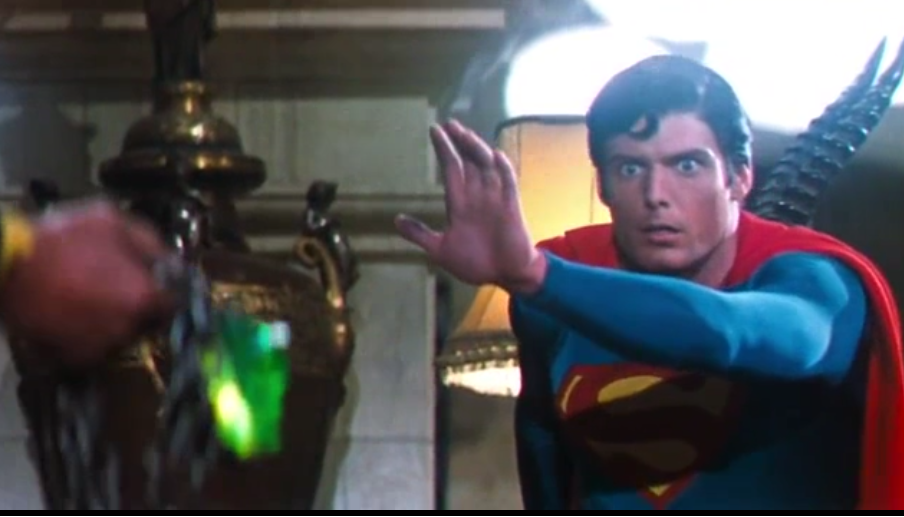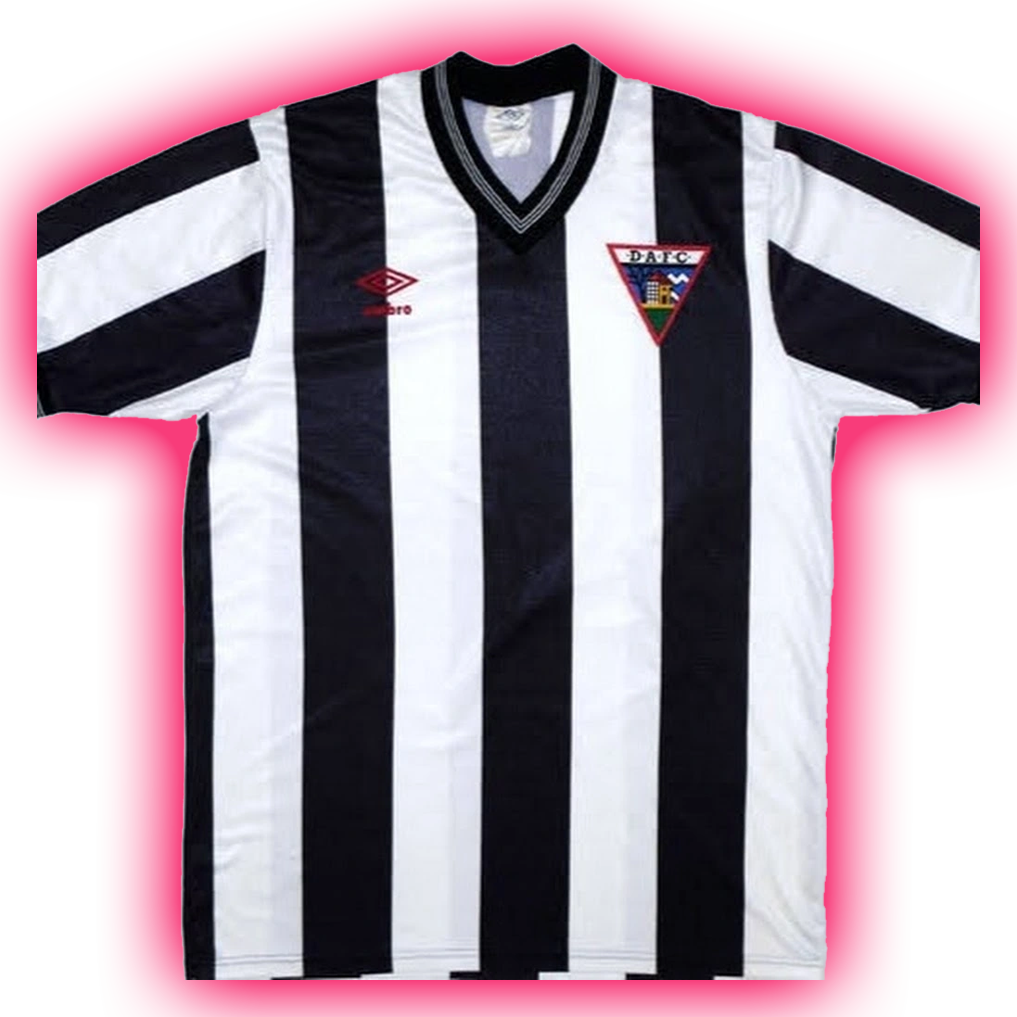Not sure why NA is being singled out here. Bottles are largely the same shape (with a few functional differences, see below) no matter where they come from.
The round shape is mostly a historical artifact from early designs that were hand-blown. A hexagonal (bestagons!) shape would pack better in an infinitely large container, but since most shipping crates are rectangular, there will be wasted space either way, and round is far easier and cheaper to mass-produce. Also, as a carbonated beverage, sharper corners could create stress points and exploding bottles.
Toppling over could potentially be reduced with a wider base, but fitting in the hand is a hugely important factor for any drinking container. There are larger-based bottles, but they also need more specialized packaging and storage space. By using bottles that are similar size to aluminum cans, lots of infrastructure can be dual-purpose (I’m thinking of things like can/bottle storage in your refrigerator, for example).
Double the volume of what? Glass bottles have to be thicker than other materials, so to get the same volume as a can with the same size base, it has to be taller.
If you want to do a lot more reading, here’s a few sources I borrowed from:
https://sha.org/bottle/beer.htm
Regarding the functional design features referenced above:
https://www.hillebrandgori.com/media/publication/beer-bottle-sizes-and-their-surprising-history
Those ‘shoulders’ we keep mentioning remain in modern beer bottle design mainly for aesthetic reasons. Their original function was to provide a handy place for the yeast residue and dregs to collect, so that these didn’t pour out into the glass with the beer. Nowadays, most beer is filtered, so this design feature is no longer needed. Unless you’re bottling a yeast beer like a Belgian beer, of course.
By using bottles that are similar size to aluminum cans, lots of infrastructure can be dual-purpose (I’m thinking of things like can/bottle storage in your refrigerator, for example).
A great benefit of both containers being designed to fit in a hand!
Sounds like it’s time for a stubby.

NA = North American or non-alcoholic?
North America wasn’t even on my radar! I suspect anyone who’s worked in the industry thought non-alcoholic by default.
I haven’t tried a NA beer in some time, but when I did years ago it was in the same tall bottle that every other commercial beer uses. I honestly thought you meant north America and that other countries have differently shaped bottles (like how Sessions uses small 12oz bottles).
OP DID mean North America. I’m just a passerby that associated NA with Non Alcoholic. I also associate NR as meaning glass bottles, but I don’t know if that’s industry wide, or a local abbreviation.
Non alcoholic beers use the same bottles as regular (for the most part, there may be exceptions).
NA = North American or non-alcoholic?
NA = Never Ask
,-)
Have they? Can you give an example? Any NA beer I’ve bought (which is quite a bit) has been in standard beer bottles. Assuming you mean non-alcoholic, right?
North America. Still odd to specify that though.
More and more craft breweries are going can-only. It’s better for the beer and the environment.
Each to their own, but I always prefer the taste of beer from a bottle over beer from a can.
You’re supposed to decant it into a glass for optimal experience, but I hear you. I can drink straight from a bottle in a way I won’t from a can.
Glass is almost always the most environmentally friendly packaging for drinks. Aluminium needs a lot of energy to be recycled and can only be used once. I’m not sure how it works in the states but here in Germany we reuse our glass bottles up to 50 times.
The “stubby” bottles were replaced with tall “classier” bottles in a surge of … fashion-moment, or something.
I remember somebody did a news vid, or documentary on it, & the industry lost usable-storage-effectiveness when they went with the taller bottles, and there’s more glass in them, too…
They said if they’d known what the actual results would be ( it didn’t alter the market to increase the percentage of the population which is always buying beer, for some reason… ), they wouldn’t have done it.
Well, Duh…
“never believe your own hype” IS a rule, because when you’re believing your own marketing-bumf, then you’re not competent at calculating any sort of project balance-sheet, right?





